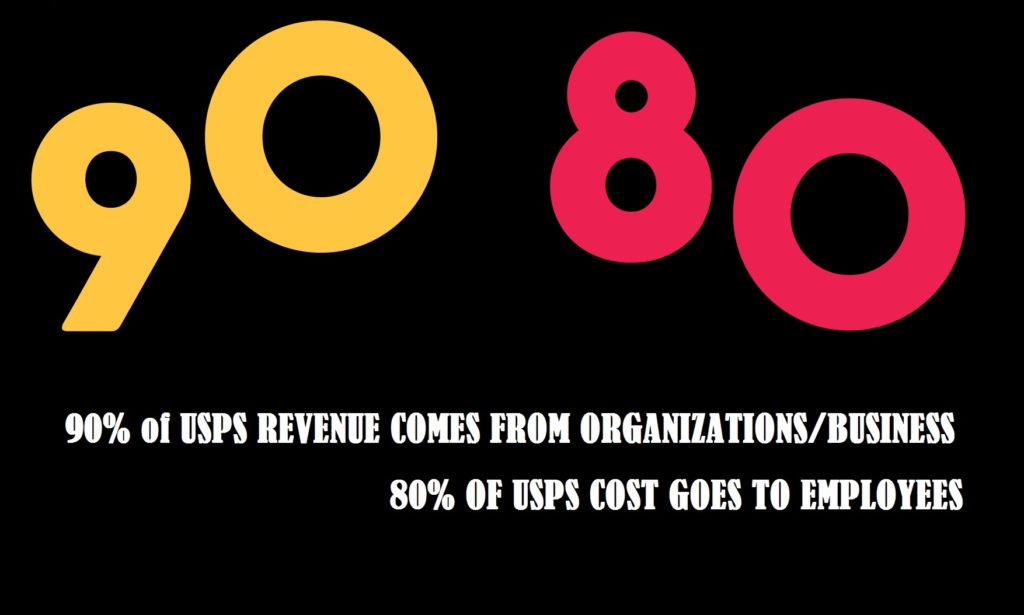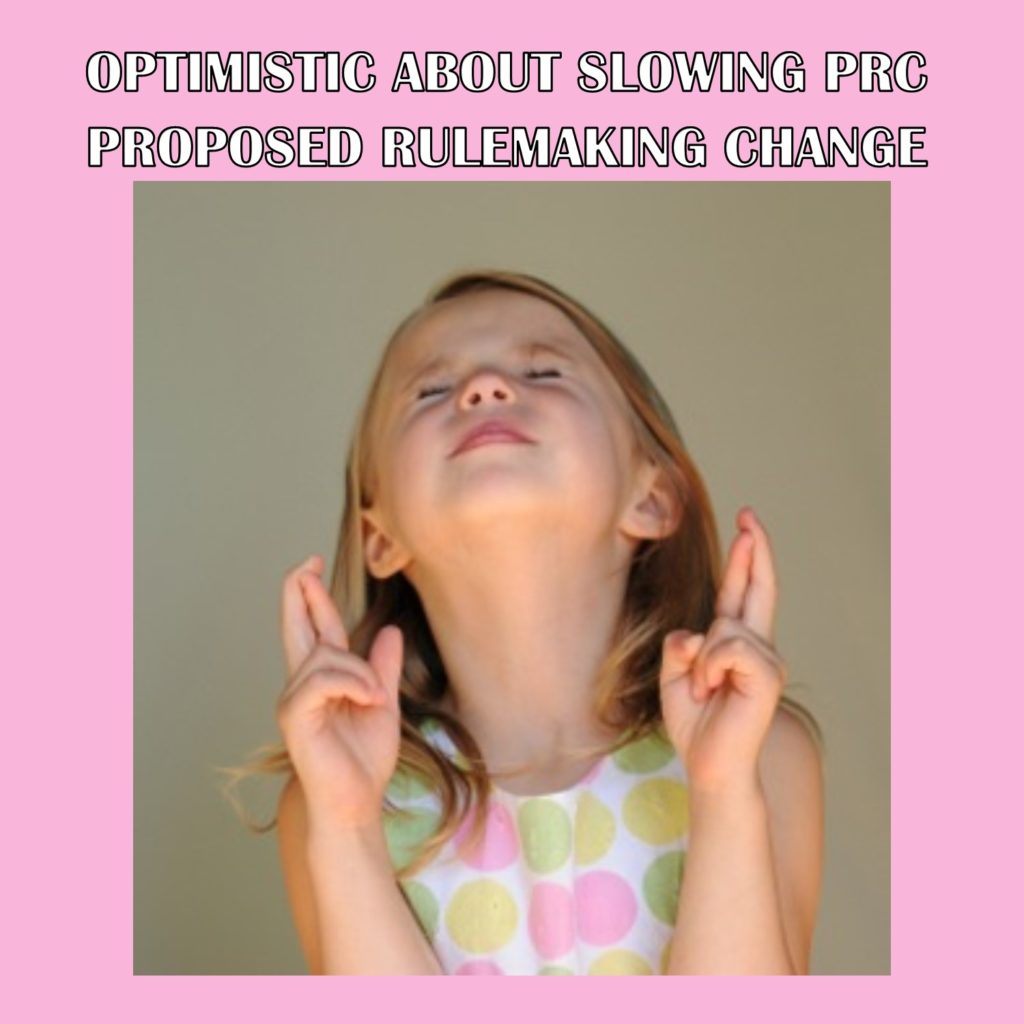 Facebook has introduced a new template for business manager pages effective August 22nd 2018.
Facebook has introduced a new template for business manager pages effective August 22nd 2018.
The new template will allow people to easily connect with your business. You can choose your business’ new template based on your business goals and priorities. For example, if your business is a restaurant there are templates available that prioritizes restaurant goals. If you choose a template for businesses, sales goals are prioritized. Template options consist of services, venues, movies, nonprofit, politicians, and the list goes on. Each template is prioritized to show what your viewers and/or customers find most important.
The new template allows you to customize how your page layout appears to users. You can easily rearrange sidebar tabs prioritizing what you think is most important to users and your business, hopefully improving conversion rate.
Another new twist is that Ratings are now Recommendations. While it is still under the “Review” section, you can no longer rate a business on 1-5 star scale. When customers want to write a review, they can choose to recommend or not recommend your page.
Recommendations are powerful endorsements. 2 in 3 Facebook users visit the page of a local business at least once a week. 1 in 3 people on Facebook use the platform to look for recommendations and reviews. When customers publicly recommend you in a group or to their friends, it appears on your page for all to see. Therefore, recommendations are essential to your business in order to drive more sales and to, obtain a positive reputation.
Any Facebook user can easily report content that you believe is unfair, fraud, spam or paid for. This feature will benefit your business by keeping your businesses reputation true.
Customers can now easily share important details through tags and photos. In order to leave a recommendation, locate the recommendations on the left side of a page. Click YES to recommend or NO to not recommend. Write your custom recommendation or you can choose from auto tags (friendly staff, slow service, etc.)
Facebook is testing a new rating and recommendation system. Facebook currently uses a scale of 1-5 stars as an overall rating for your business. A new system is currently being tested to replace the 5-star scale with a rating scale from 1-10. Sentiments within reviews as well as recommendations and response times to private messages will be considered when calculating the overall rating of a business.
We’ll keep you posted as things continue to change within the FB platform.







